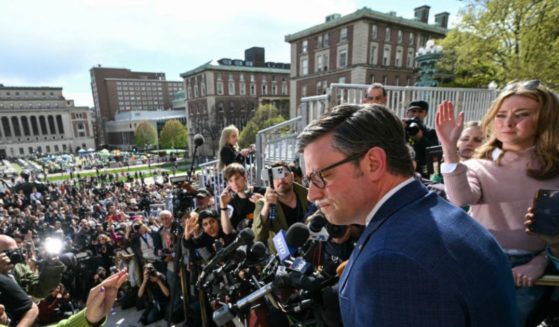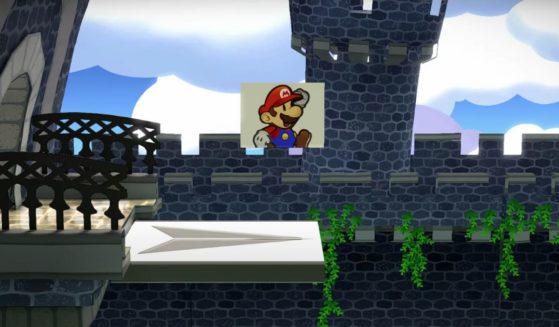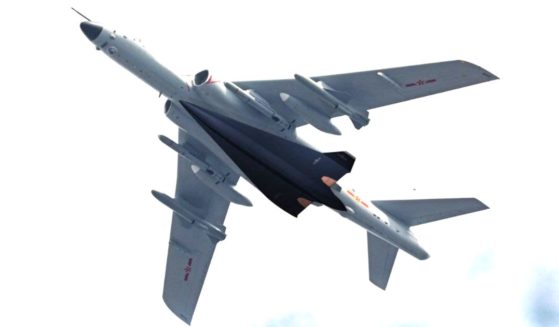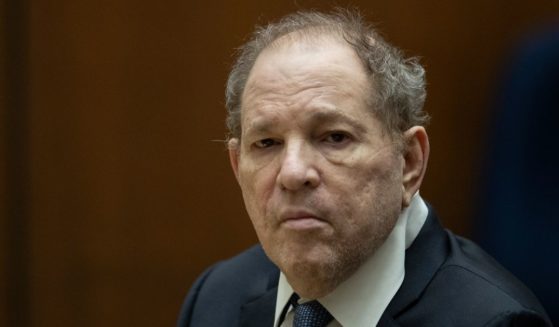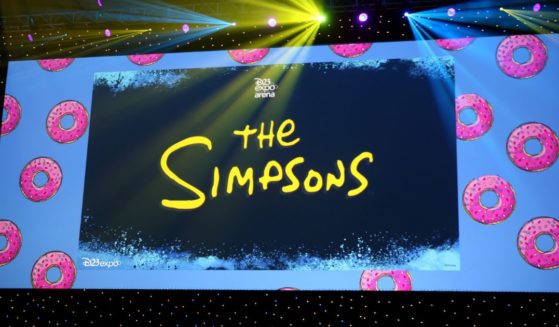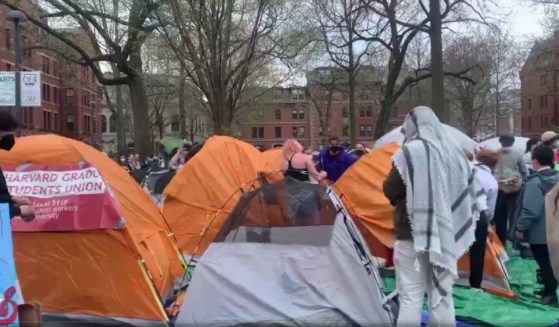As Smoke from Wildfire Outbreak Smothers America, Watch What's Happening to Sprouts in the Cornfields
A string of wildfires raging across Canada has meant bad news for its neighbors to the south.
U.S. officials have issued widespread warnings about breathing the hazy air, especially for pregnant women and people with respiratory conditions such as asthma, according to Reuters.
But those in the agriculture business are concerned the poor air quality also could have grim implications for the nation’s crops, according to AgWeb.
In a report Wednesday, the farm news outlet quoted U.S. Department of Agriculture meteorologist Brad Rippey as saying the smoke could have an indirect negative impact on young plants, especially corn.
“Specifically,” AgWeb reported, “a concentration of smoke over a period of several weeks could contribute to lower temperatures and fewer growing degree units (GDUs) because of reduced solar radiation, Rippey explains.”
Mark Jeschke, agronomy manager at Pioneer Seeds, elaborated in a 2021 post on the company’s website.
“Smoke is most noticeable and poses the greatest human health threat when it descends to the surface,” he wrote.
“However, smoke at any altitude has the potential to affect crop growth by reflecting and scattering incoming sunlight.”
Smoke can affect photosynthesis, and therefore crop growth, in several ways, Jeschke wrote. Those include “reduced sunlight intensity, increased sunlight diffusion, and increased ozone (O3) levels.”
“Corn, in particular, is susceptible to reduced yields and reduced standability if the plants need to remobilize carbohydrates from the stalk to make up for a deficit in photosynthesis,” he said. “This weakens the stalks and opens the door for stalk rot pathogens.”
The greatest risk to corn crops from reduced solar radiation is during the “grain fill” stage, when the kernels are growing, Jeschke said.
That stage, however, is still weeks away — which allows time for the fires to be put out and the smoke to dissipate.
Jeschke’s article went on to blame “climate change” for an increase in wildfires in recent years.
Liberal politicians and those in the mainstream media also have been eager to point to the fires as evidence of climate change.
“We’re seeing more and more of these fires because of climate change,” Canadian Prime Minister Justin Trudeau tweeted Wednesday, adding a pledge to “keep working … to tackle climate change and address its impacts.”
We’re seeing more and more of these fires because of climate change. These fires are affecting everyday routines, lives and livelihoods, and our air quality. We’ll keep working – here at home and with partners around the world – to tackle climate change and address its impacts.
— Justin Trudeau (@JustinTrudeau) June 7, 2023
Other experts, however, have discounted those claims.
Matthew Wielicki, assistant professor of geological sciences at the University of Alabama, argued in a Twitter post Thursday, “There is no causal link between climate change and the frequency or intensity of fires globally and specifically in the USA and Canada.”
“Catastrophizing wildfires has become another unscientific piece of propaganda for the climate industrial complex,” he said.
“In summary, the number of fires and the total land area burned have significantly decreased over the last century despite an increase in GHG emissions and warming. There is no causal link between climate change and the frequency or intensity of fires globally and specifically in… pic.twitter.com/WwIhRB2MUD
— Dr. Matthew M. Wielicki (@MatthewWielicki) June 8, 2023
Some have questioned whether this week’s fires were truly accidental and spontaneous, especially after a satellite video posted to social media appeared to show many of the Quebec fires starting at virtually the same time.
Quebec’s “wildfires” all started at the same time. How? pic.twitter.com/qyZaYoVv7t
— Addison Smith (@AddisonSmithTV) June 8, 2023
“Quebec’s ‘wildfires’ all started at the same time. How?” Addison Smith of Just the News asked as he shared the video on Twitter.
Truth and Accuracy
We are committed to truth and accuracy in all of our journalism. Read our editorial standards.

